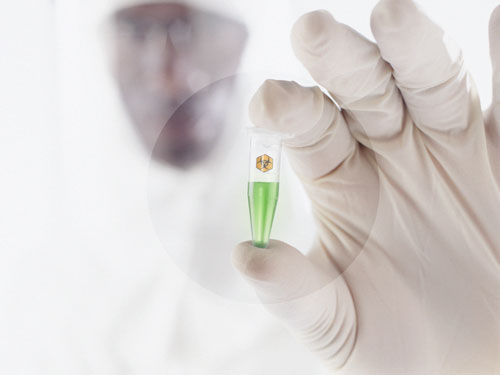t-PA/PAI-1 Immunodepleted Deficient Human Plasma
| 6-FDPTPAPAI-10 | Kit | 10 x 1.0 mL |
| 6-FDPTPAPAI | Bottle | 1 x 100 mL |
Immunodepleted deficient plasma for t-PA / PAI-1 assay
Description of the t-PA/PAI-1 Immunodepleted Deficient Human Plasma
Human plasma immuno-depleted of the t-PA / PAI-1 complex then buffered with 20 mM HEPES
Advantages
- No bovine additives
- No reconstitution error
- No deterioration of plasmas linked to freeze-drying
- Cryotubes ready to use after thawing (4 min at 37°C).
Informations
Tissue plasminogen activator (t-PA) is a serine esterase that plays a key role in the fibrinolysis system. It is present in plasma, 95% bound to PAI-1, in platelets and in some tissues. In plasma, the enzymatic activity of t-PA on plasminogen is very low, it is amplified 200 to 400 times when t-PA and plasminogen are adsorbed to fibrin.
Plasminogen activator inhibitor (PAI-1) is a glycoprotein, the primary inhibitor of t-PA and u-PA. It plays an important role in controlling excessive fibrinolysis. PAI-1 is mainly synthesized by vascular endothelial cells, as well as by other cells (hepatocyte, CML, fibroblasts, etc.). It circulates in plasma in 3 forms: an active form linked to vitronectin, a latent free form and an inactive form. By inhibiting t-PA and u-PA, PAI-1 limits the activation of plasminogen and controls the degradation of fibrinous thrombus.

















